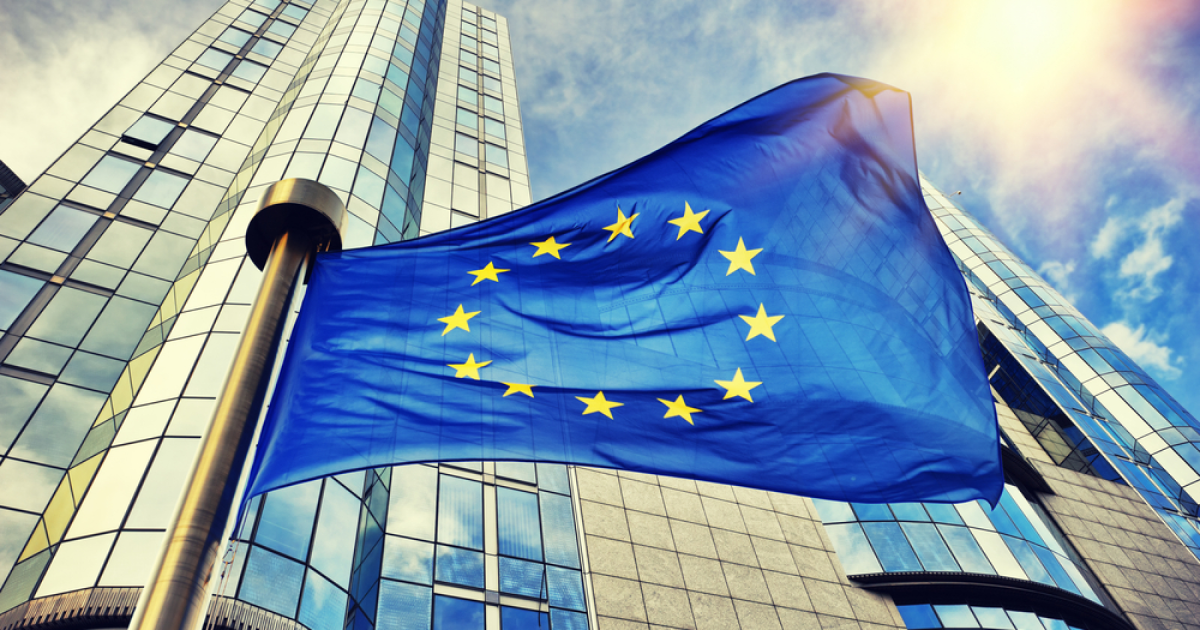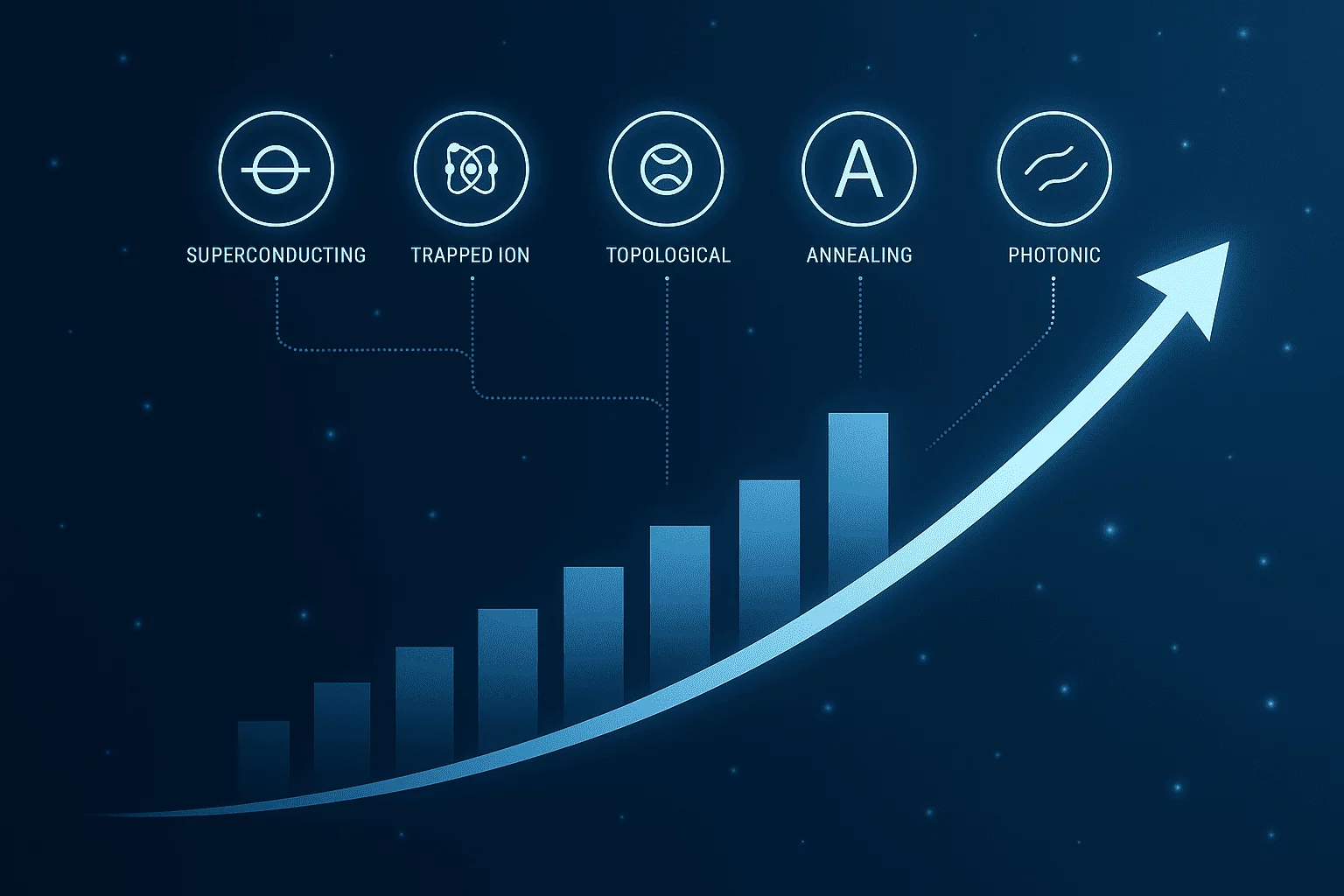In the first quarter of 2025, the European Union (EU) recorded a seasonally adjusted GDP growth of 0.3% compared to the previous quarter. Year-on-year, the EU’s GDP increased by 1.4% . This growth reflects a modest expansion amid escalating global trade tensions and policy uncertainties. The EU’s economy grew by 0.3% in Q1 2025, reflecting modest expansion amid escalating trade tensions and policy uncertainties.
EU Q1 2025 Eurozone Performance
The Eurozone, comprising 20 EU member states using the euro, experienced a 0.4% GDP growth in Q1 2025, doubling the 0.2% growth observed in Q4 2024 . Year-on-year, the Eurozone’s GDP grew by 1.2%. This marks the fifth consecutive quarter of growth, indicating a gradual economic recovery.
Country-Specific Highlights
- Ireland: Led the EU with a 3.2% quarter-on-quarter GDP increase, driven by robust activity in multinational sectors .
- Spain and Lithuania: Both countries posted solid gains of 0.6% quarter-on-quarter.
- Germany: Europe’s largest economy recorded a modest 0.2% growth, reflecting ongoing challenges in its industrial sector.
- France and the Netherlands: Both countries experienced minimal growth of 0.1% quarter-on-quarter.
- Hungary: The only EU member state to register a contraction, with GDP falling by 0.2% in Q1 2025 .
Employment and Inflation
Despite modest GDP growth, employment in the Eurozone remained resilient, increasing by 0.3% from the previous quarter. Unemployment rates stood at 6.2% in the Eurozone and 5.8% in the EU as of March 2025, stable compared to February 2025.
Inflation rates showed signs of stabilization, with the Eurozone’s annual inflation at 2.2% in April 2025. It aligs with the European Central Bank’s (ECB) target.
Trade Tensions and Economic Outlook
The EU’s economic outlook has been clouded by escalating trade tensions, particularly with the United States. In April 2025, the U.S. administration announced new tariffs on European goods. It includes a 20% tariff on various products and the continuation of existing levies on steel, aluminum, and automobiles.
These trade measures have significantly impacted the EU’s export-dependent economy, leading to a downgrade in growth forecasts. The European Commission revised its 2025 GDP growth projection for the Eurozone to 0.9%, down from the previous estimate of 1.3%.
Monetary Policy Response
In response to the subdued economic growth and rising trade uncertainties, the ECB reduced its benchmark interest rate by 25 basis points to 2.5% in March 2025. This marks the sixth rate cut within a year. It aims to stimulate economic activity and maintain inflation near the 2% target.
Conclusion
The EU’s modest GDP growth in Q1 2025 reflects a fragile economic recovery amid escalating global trade tensions and policy uncertainties. While employment remains robust and inflation is stabilizing, the outlook is tempered by external challenges, particularly trade disputes with major partners. Continued vigilance and responsive policy measures will be crucial to sustaining growth in the coming quarters.





